

Articles
How To Store Washed Broccoli
Modified: February 26, 2024
Learn the proper way to store washed broccoli to keep it fresh and crisp. Follow our step-by-step guide in this informative article.
(Many of the links in this article redirect to a specific reviewed product. Your purchase of these products through affiliate links helps to generate commission for Storables.com, at no extra cost. Learn more)
Introduction
Broccoli is a versatile and nutritious vegetable that can be enjoyed in a variety of dishes. Whether you’ve just harvested fresh broccoli from your garden or bought it from the grocery store, properly storing washed broccoli is essential to keep it fresh and crisp for longer.
When it comes to storing washed broccoli, there are a few key steps you need to follow. From properly preparing the broccoli to choosing the right storage container, each step plays a crucial role in maintaining the quality of the vegetable. In this article, we will guide you through the process of storing washed broccoli to ensure that it stays fresh and delicious.
By following these simple steps, you can prolong the shelf life of your broccoli and reduce food waste. Plus, having stored broccoli readily available in your refrigerator makes it easier to incorporate this nutrient-rich vegetable into your meals throughout the week.
So, let’s dive in and learn how to store washed broccoli effectively!
Key Takeaways:
- Keep broccoli fresh by storing it in airtight containers in the fridge, away from ethylene-producing fruits. Check for spoilage regularly and use within a week for the best flavor and texture.
- Prepare broccoli by removing outer leaves, drying it thoroughly, and choosing the right storage container. Get creative with cooking methods to enjoy this versatile vegetable in various delicious dishes.
Read more: How To Store Broccoli
Step 1: Preparing the Broccoli
Before you can store washed broccoli, it’s important to properly prepare it. Start by removing the outer leaves of the broccoli, as they can be tough and bitter. Then, rinse the broccoli thoroughly under cold running water to remove any dirt or debris.
Next, trim the bottoms of the broccoli stems, as they can be woody and tough to eat. You can also remove any tough fibrous parts by gently peeling the stems with a vegetable peeler, if desired.
Once the broccoli is trimmed and cleaned, you can choose how you want to store it. Some people prefer to store broccoli florets and stems separately, while others prefer to keep them together. It’s a matter of personal preference and convenience, so choose whichever method works best for you.
If you decide to separate the florets and stems, you can use a sharp knife to carefully cut the broccoli into smaller florets. Similarly, you can cut the stems into smaller pieces, ensuring that they are of a size that fits comfortably in your chosen storage container.
By preparing the broccoli properly, you not only ensure that it’s clean and ready to eat but also make it easier to store and use later on.
Step 2: Drying the Broccoli
Once you have prepared the broccoli, it’s crucial to dry it thoroughly before storing it. Excess moisture can hasten the spoilage process, leading to a shorter shelf life for the broccoli.
To dry the broccoli, start by gently shaking off any excess water after rinsing. You can also pat the broccoli dry with a clean kitchen towel or paper towels. Ensure that all parts of the broccoli, including the florets and stems, are as dry as possible.
A good tip is to let the broccoli air dry for a few minutes before storing it. Simply place the broccoli on a clean surface or a drying rack, and allow the remaining moisture to evaporate naturally. This step helps to minimize the chances of moisture buildup, which can promote the growth of bacteria or mold.
Remember, the drier the broccoli, the longer it will stay fresh in storage. Take the time to properly dry the broccoli to ensure its optimal freshness and quality.
Step 3: Choosing the Right Storage Container
When it comes to storing washed broccoli, selecting the right storage container is vital to maintain its freshness. The ideal container should provide a good seal to keep the broccoli from being exposed to air, moisture, and other contaminants that can cause it to spoil.
One popular choice for storing broccoli is airtight plastic bags or resealable plastic containers. These containers help to create an optimal storage environment by keeping out excess air and moisture. Look for containers that are specifically designed for storing produce, as they often have special features such as vents or adjustable humidity settings.
Alternatively, you can also use reusable food storage bags made of silicone or other food-safe materials. These bags are convenient, eco-friendly, and provide a good seal to keep the broccoli fresh. Make sure to choose a bag that is large enough to accommodate the broccoli without overcrowding it.
Another option is to use glass containers with airtight lids. Glass containers are non-reactive and are an excellent choice for storing washed broccoli. They are also easier to clean and can be reused multiple times.
Regardless of the storage container you choose, it’s important to ensure that it is clean and dry before adding the broccoli. Avoid using containers that have an odor or residue that may affect the taste and quality of the broccoli.
By selecting the right storage container, you can create an optimal environment that helps to keep your washed broccoli fresh and flavorful for longer periods.
After washing broccoli, make sure to dry it thoroughly with a paper towel or a clean kitchen towel before storing it in a plastic bag or airtight container in the refrigerator. This will help prevent moisture buildup and keep the broccoli fresh for longer.
Step 4: Storing the Broccoli in the Refrigerator
Once the broccoli is prepared, dried, and you have chosen the right storage container, it’s time to store it in the refrigerator. The cool temperature of the fridge helps to slow down the spoilage process and extend the shelf life of the broccoli.
Before placing the broccoli in the refrigerator, ensure that your fridge is set to the optimal temperature of around 35 to 40 degrees Fahrenheit (1-4 degrees Celsius). This temperature range helps to maintain the freshness and crispness of the broccoli.
If you have separated the florets and stems, place them in separate storage containers. This way, you can easily access the desired portion as needed without disturbing the rest of the broccoli.
When storing the broccoli, it’s important to avoid overcrowding the container. Overcrowding can lead to moisture buildup, which can cause the broccoli to spoil faster. Leave some space between the broccoli pieces, allowing air to circulate and maintain their freshness.
If using a plastic bag or container, press out any excess air before sealing it tightly. This minimizes the chances of moisture collecting inside the bag and helps to prevent premature spoilage of the broccoli.
It’s worth mentioning that storing broccoli near fruits such as apples or bananas should be avoided. These fruits release ethylene gas, which can speed up the ripening process and cause the broccoli to spoil more quickly. It’s best to store the broccoli away from other ethylene-producing fruits and vegetables.
By following these guidelines, you can maximize the shelf life of your washed broccoli and ensure that it remains fresh and delicious in the refrigerator.
Read more: How To Store Broccoli In The Refrigerator
Step 5: Keeping the Broccoli Fresh
Now that the broccoli is stored in the refrigerator, it’s important to take a few extra steps to keep it fresh for as long as possible. Here are some tips to help maintain the quality of your stored broccoli:
1. Check and remove any signs of spoilage: Regularly inspect the stored broccoli for any signs of wilting, browning, or mold. If you notice any spoiled or damaged pieces, remove them immediately to prevent the spread of spoilage to the rest of the broccoli.
2. Keep it dry: Moisture is the enemy when it comes to keeping broccoli fresh. If you notice any condensation or excess moisture in the storage container, simply wipe it away with a clean cloth or paper towel. Keeping the broccoli dry will help prevent the growth of bacteria or mold.
3. Store in a high humidity drawer: Most refrigerators have drawers specifically designed for storing fruits and vegetables. These drawers have adjustable humidity settings, and setting them to high humidity can help keep the broccoli crisp and fresh for longer.
4. Avoid washing until ready to use: While it’s important to wash the broccoli prior to storing, it’s best to avoid washing it again until you are ready to use it. Excessive moisture can shorten the shelf life of the broccoli, so it’s best to wash it just before cooking or consuming.
5. Use within a week: While properly stored broccoli can last up to two weeks in the refrigerator, it’s recommended to use it within a week for the best flavor and texture. As time passes, the quality of the broccoli may gradually decline, so it’s best to enjoy it while it’s at its freshest.
By following these tips, you can help ensure that your stored broccoli maintains its freshness and quality for as long as possible, allowing you to enjoy delicious, nutritious meals.
Step 6: Using the Stored Broccoli
Now that you have successfully stored your broccoli and kept it fresh, it’s time to make use of it in delicious meals. Here are some ideas on how to use the stored broccoli:
1. Steamed or boiled broccoli: Steam or boil the broccoli until it reaches your desired level of tenderness. Season with salt, pepper, and a squeeze of lemon juice for a simple and nutritious side dish.
2. Stir-fried broccoli: Heat some oil in a pan and stir-fry the broccoli with other vegetables and your choice of protein. Add some garlic, soy sauce, and sesame oil for a flavorful Asian-inspired dish.
3. Roasted broccoli: Toss the broccoli florets with olive oil, salt, and pepper, then roast them in the oven until they get crispy and slightly charred. This method creates a delicious caramelized flavor.
4. Broccoli soup: Blend cooked broccoli with vegetable or chicken broth, onion, garlic, and your choice of seasonings to make a creamy and comforting broccoli soup.
5. Broccoli salad: Chop the broccoli into bite-sized pieces and toss them with your favorite salad ingredients, such as cherry tomatoes, avocado, and feta cheese. Dress with your preferred dressing for a refreshing and nutritious salad.
Remember to incorporate the stored broccoli into your meals within the recommended time frame to enjoy it at its freshest and most flavorful state. Get creative and experiment with different cooking methods and flavors to discover your favorite ways to enjoy this versatile vegetable.
By utilizing the stored broccoli in various dishes, you can make the most of your efforts in storing it and ensure that none of it goes to waste.
Conclusion
Properly storing washed broccoli is essential to extend its shelf life and maintain its freshness. By following the steps outlined in this article, you can ensure that your broccoli stays crisp, flavorful, and ready to use in a variety of dishes.
Start by preparing the broccoli by removing the outer leaves, rinsing it thoroughly, and trimming the stems. Then, dry the broccoli well to prevent moisture buildup that can lead to spoilage.
Choose the right storage container, such as airtight plastic bags, resealable containers, or glass jars, to create an optimal storage environment that keeps the broccoli fresh. Remember to avoid overcrowding the container to allow for proper airflow.
Store the prepared and dried broccoli in the refrigerator at the optimal temperature and away from ethylene-producing fruits. Regularly check for any signs of spoilage and remove any affected pieces to prevent contamination.
To keep the broccoli fresh, keep it dry, store it in a high humidity drawer, and avoid rewashing until you are ready to use it. Use the stored broccoli within a week for the best flavor and texture.
When it’s time to use the stored broccoli, get creative with various cooking methods such as steaming, stir-frying, roasting, or incorporating it into salads and soups.
By following these steps and guidelines, you can make the most of your stored broccoli, reduce food waste, and enjoy this nutrient-packed vegetable in your meals for an extended period.
Remember, fresh and properly stored broccoli not only adds a burst of flavor and texture to your dishes but also provides a wealth of essential vitamins, minerals, and antioxidants that contribute to a healthy and balanced diet.
So, take the necessary steps to store washed broccoli effectively, and enjoy the benefits of having this versatile vegetable readily available in your refrigerator.
Frequently Asked Questions about How To Store Washed Broccoli
Was this page helpful?
At Storables.com, we guarantee accurate and reliable information. Our content, validated by Expert Board Contributors, is crafted following stringent Editorial Policies. We're committed to providing you with well-researched, expert-backed insights for all your informational needs.
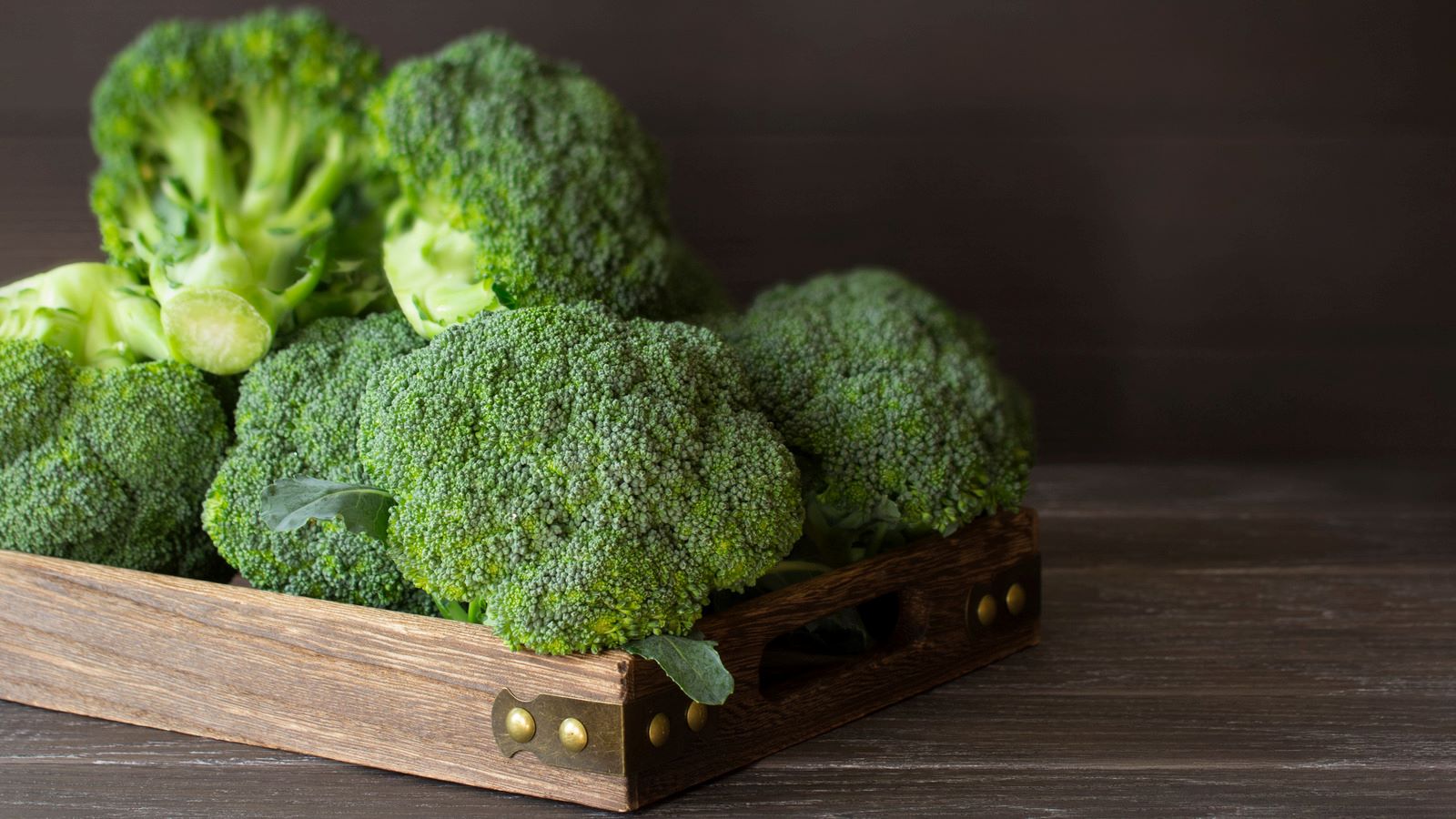
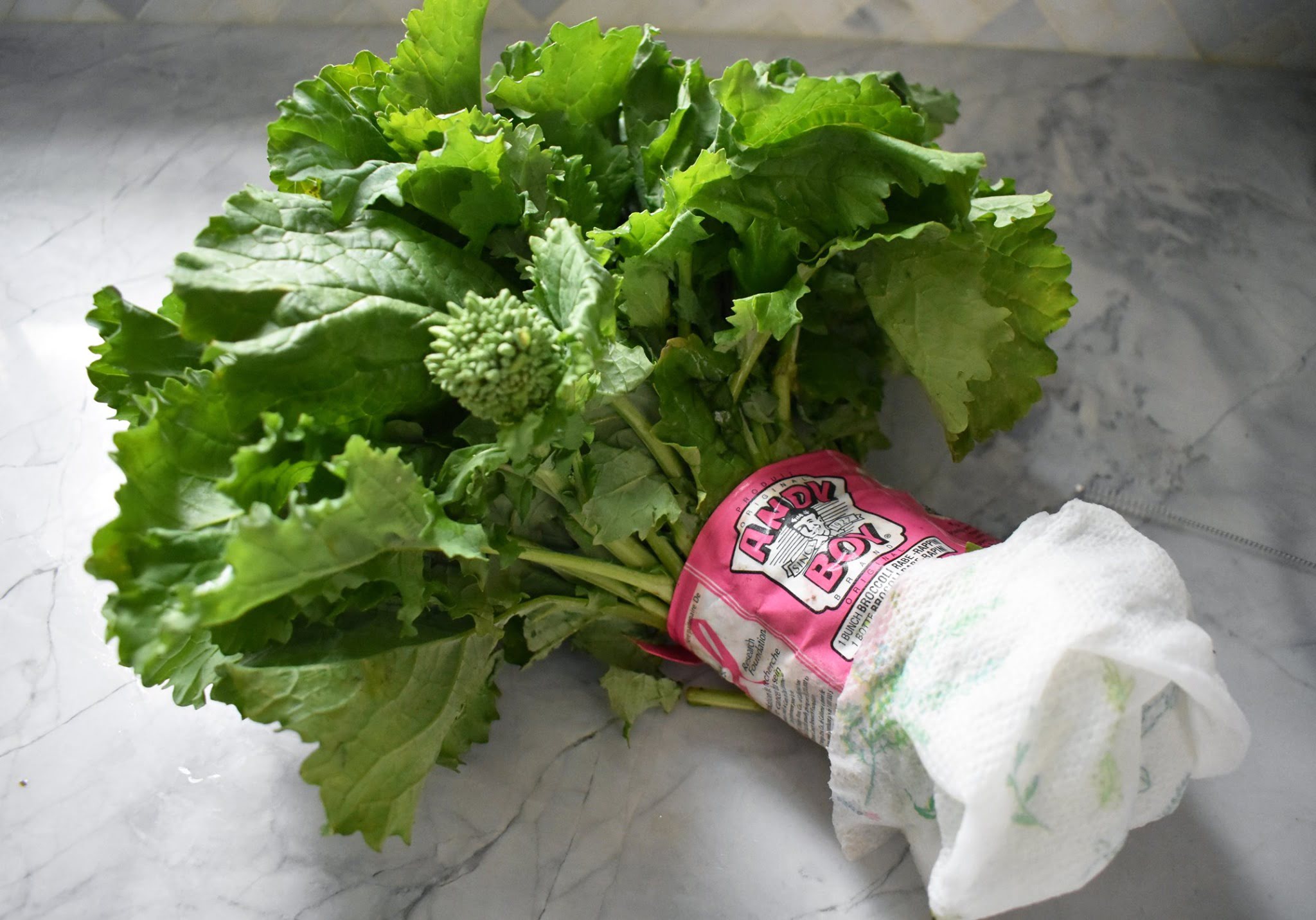
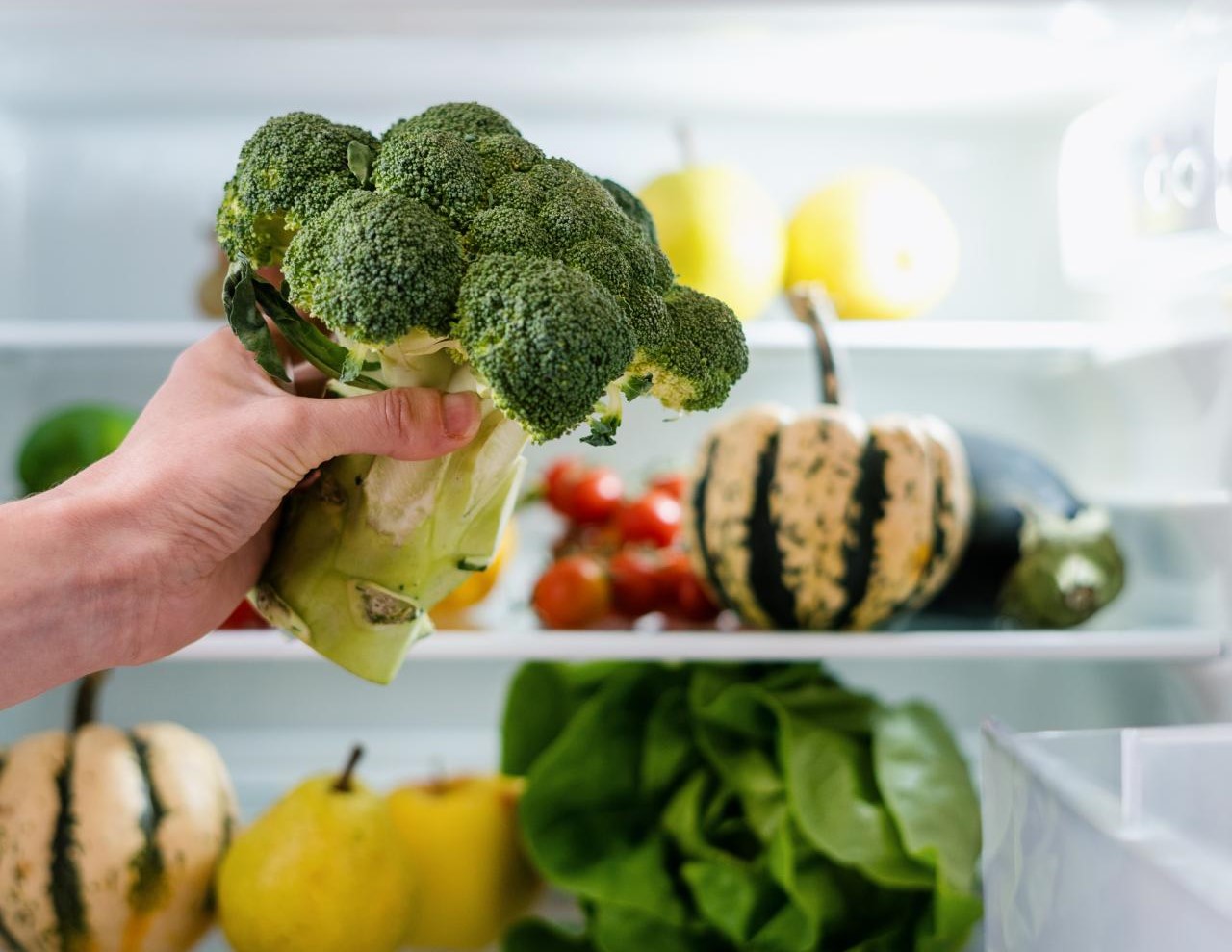
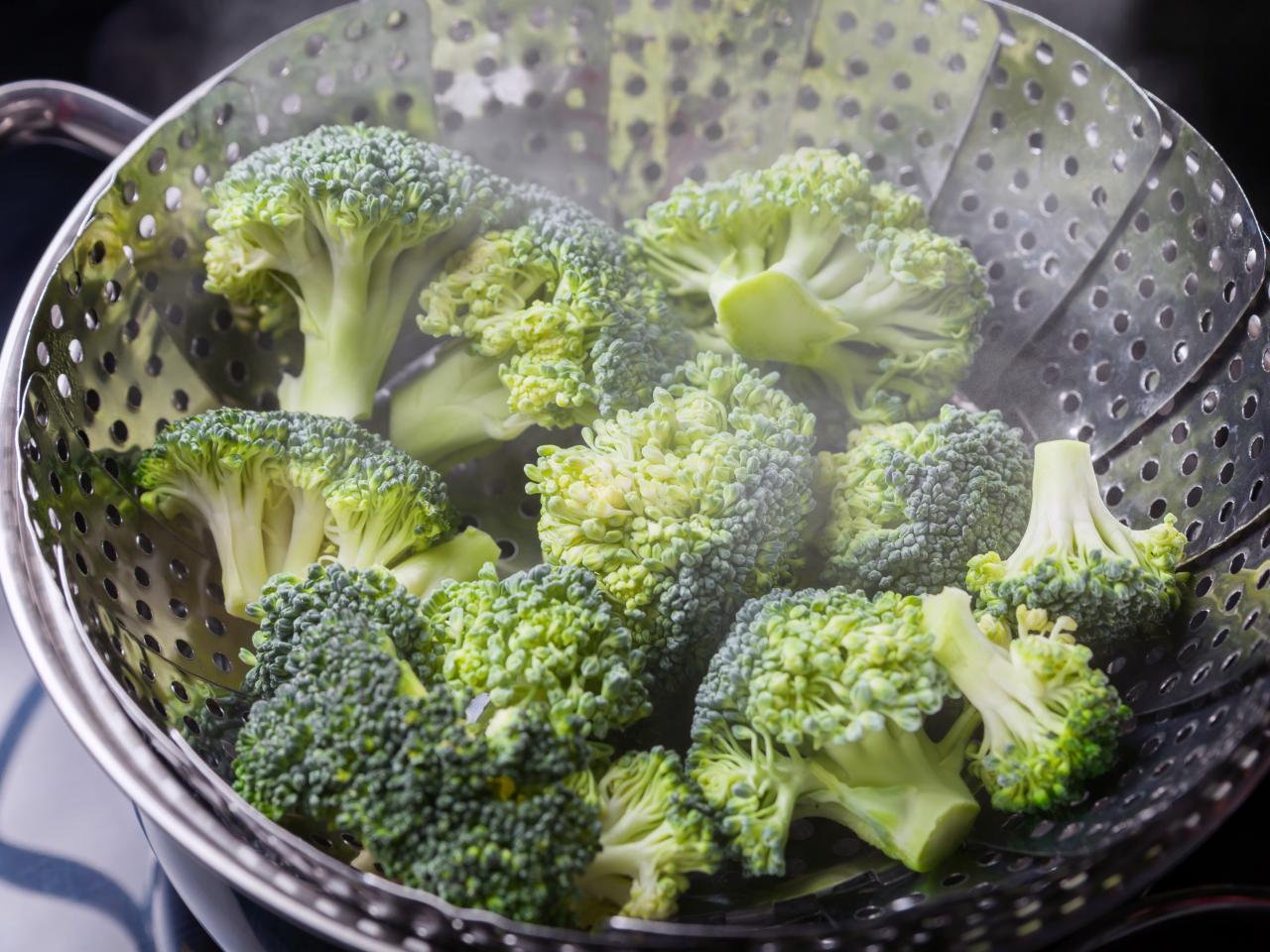


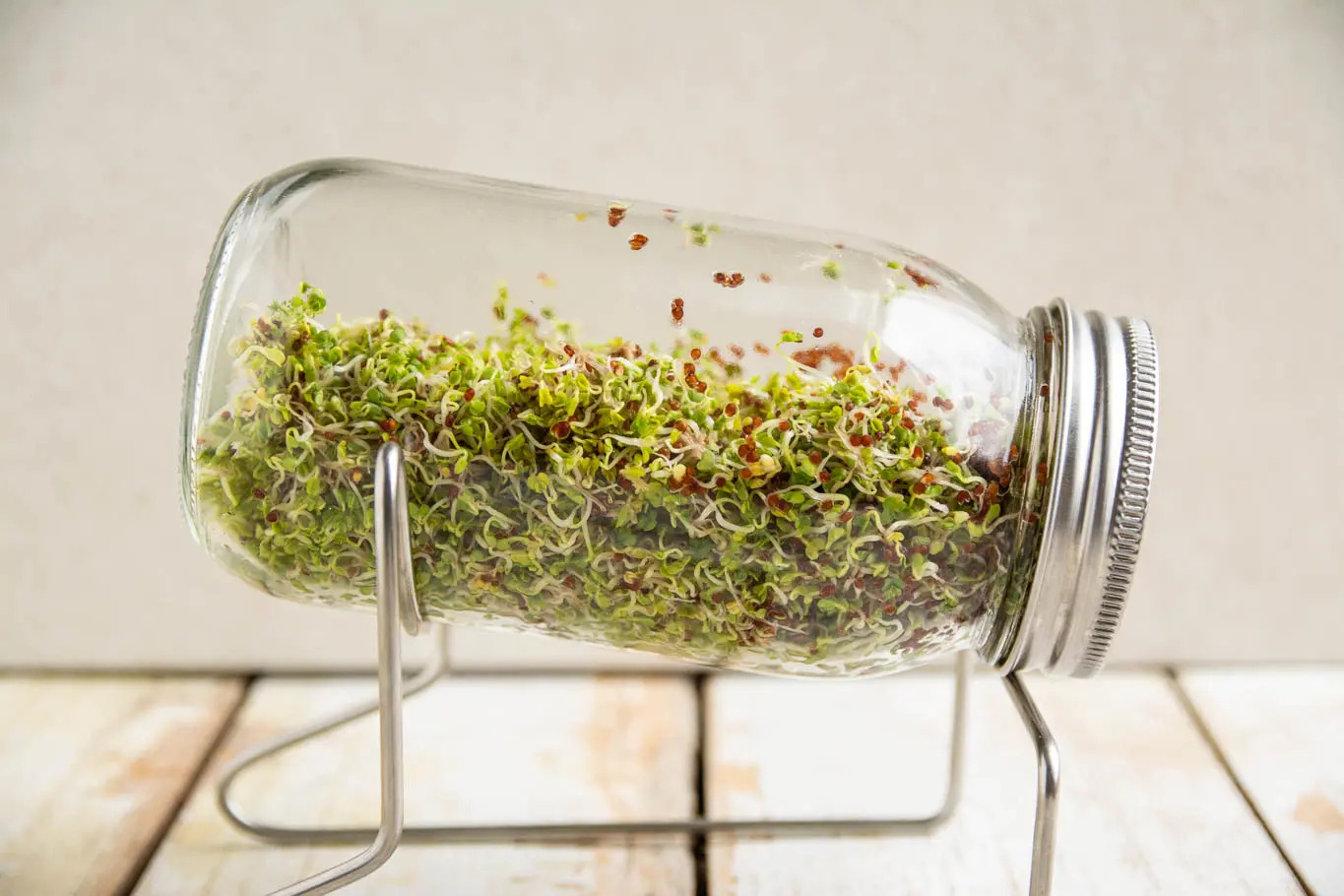


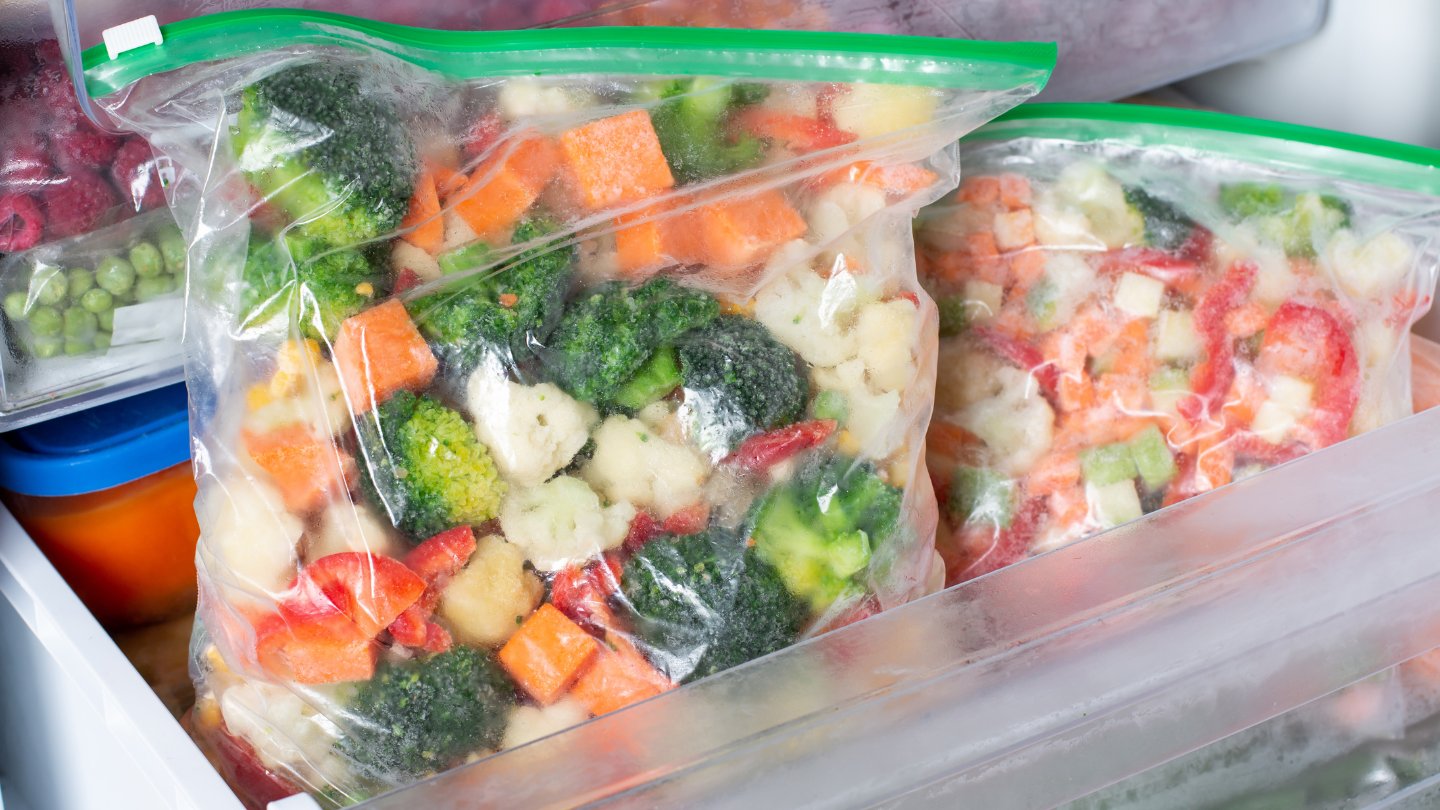
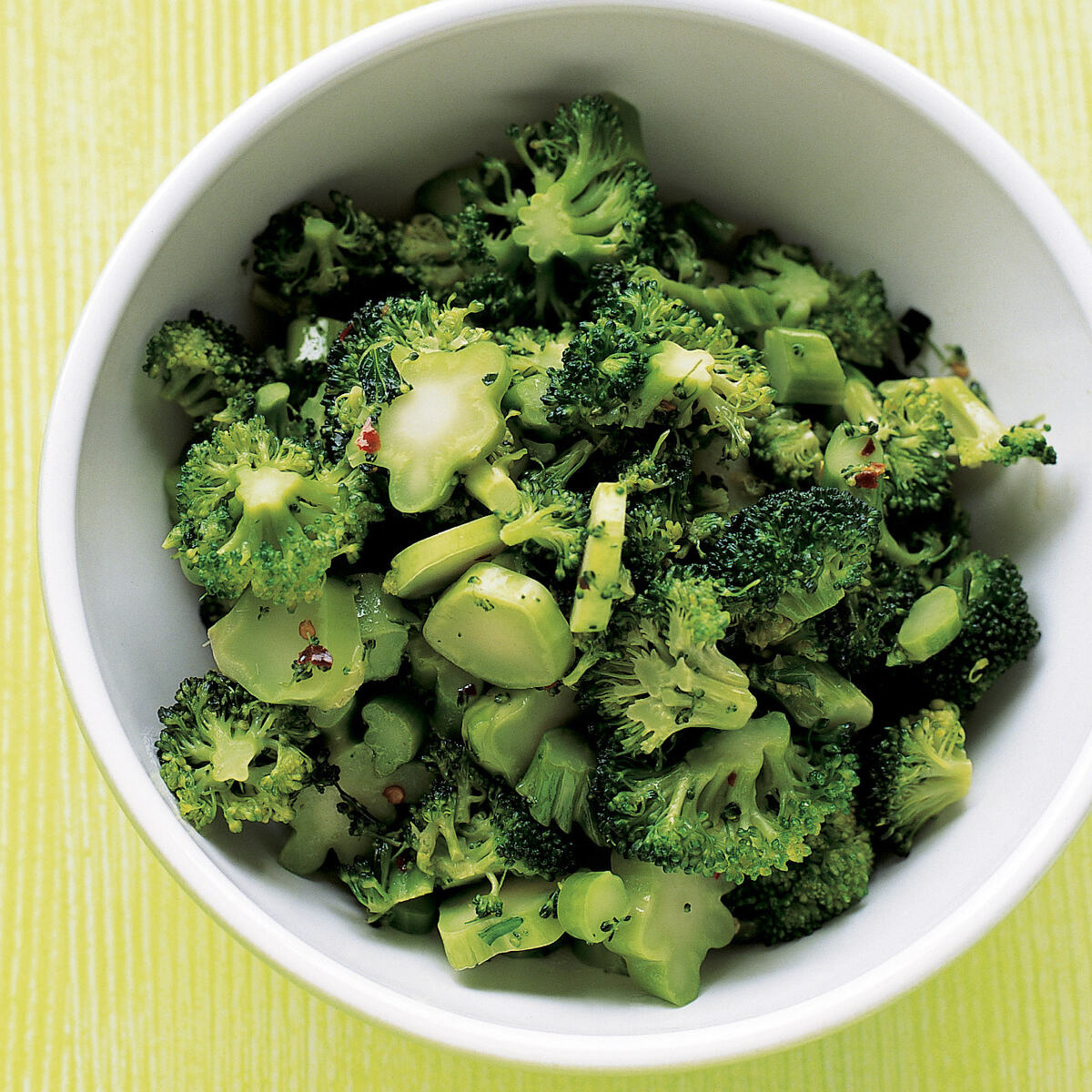
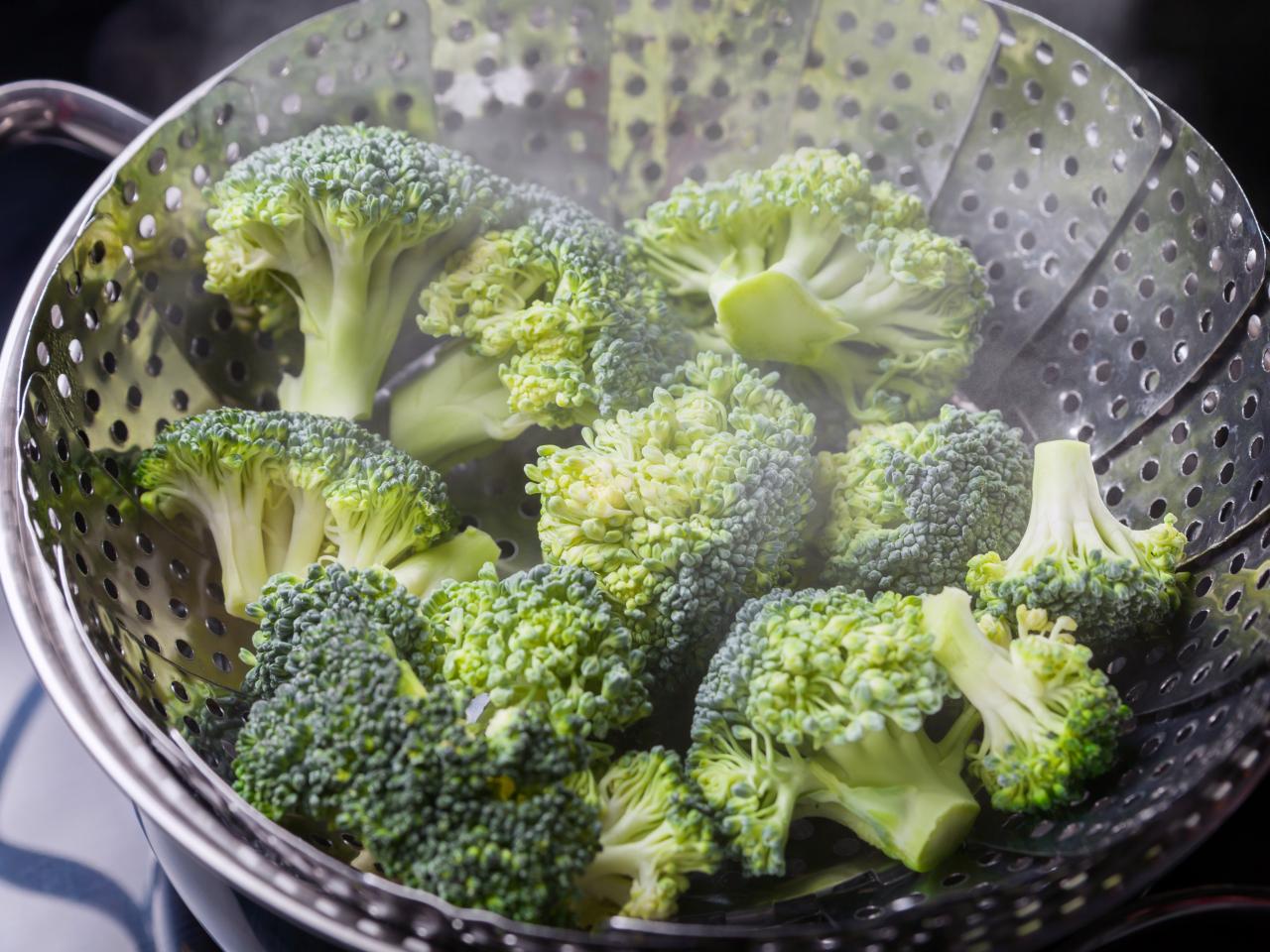
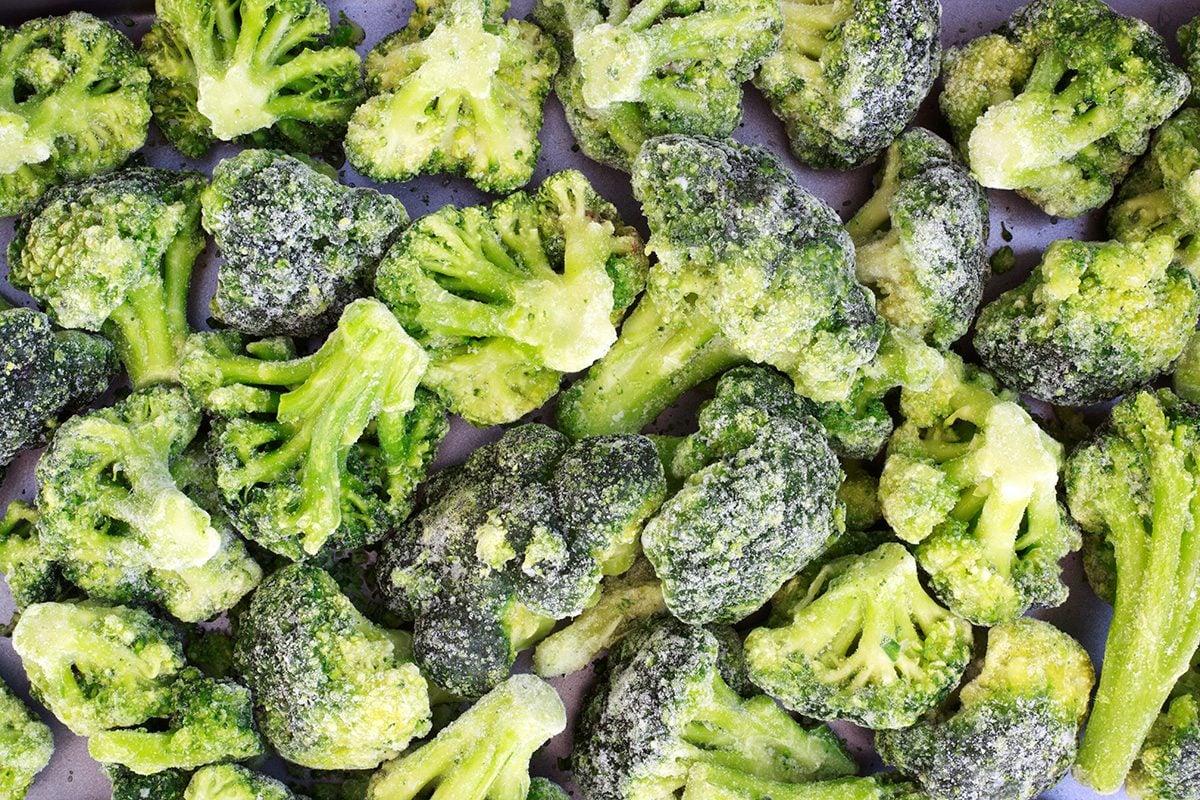
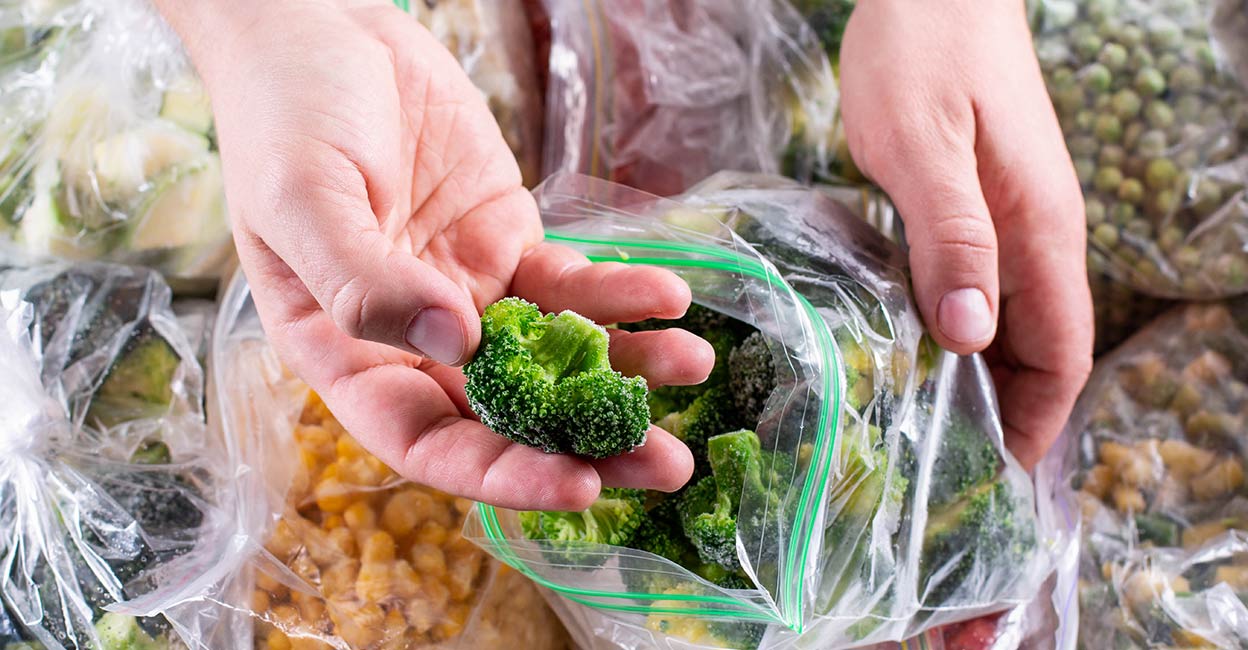

0 thoughts on “How To Store Washed Broccoli”